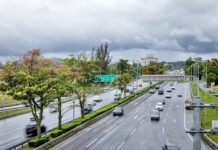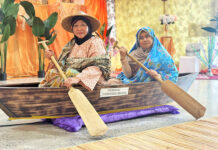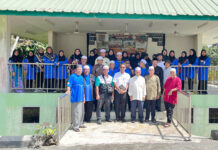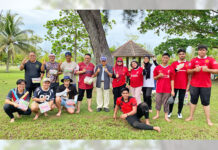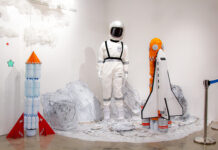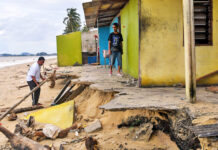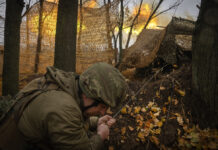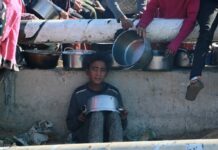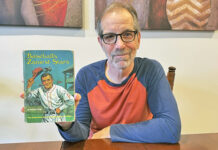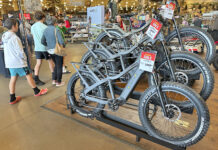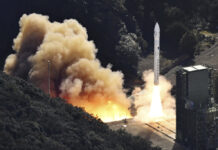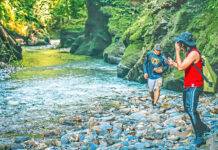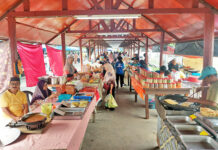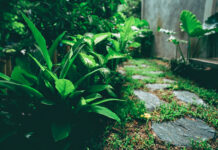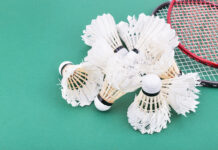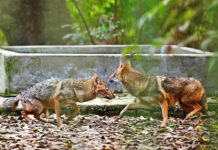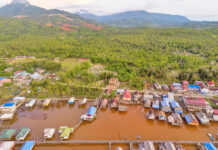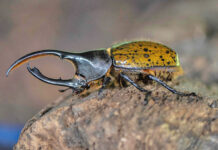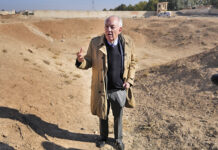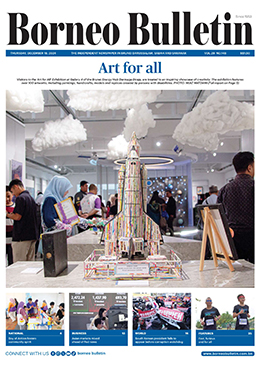PUSHKAR (AP) – It’s early morning in Pushkar, a city at the edge of the Thar desert in the northwestern Indian state of Rajasthan, and a herd of about a dozen camels led by two men is returning, raising a golden sand cloud.
The camels had been out grazing in the night at the foothills of the ancient Aravali mountain range, and their handlers spent the night out in the open.
For the next two hours or so, when the heat is still bearable, prospective buyers will look for bargains among hundreds of camels that have been brought to be sold by herders and farmers from surrounding districts.
Many camels wear necklaces made with a string of small round bells and have brightly coloured plastic flowers on their snouts and heads.
Specialised barbers walk around trimming camel hair for a fee to make them look more attractive to buyers.
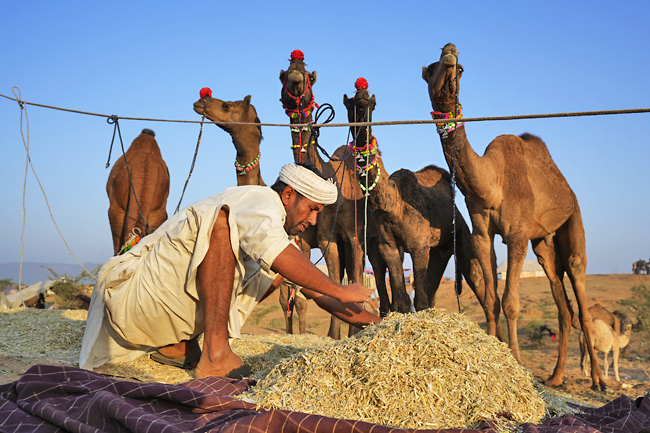
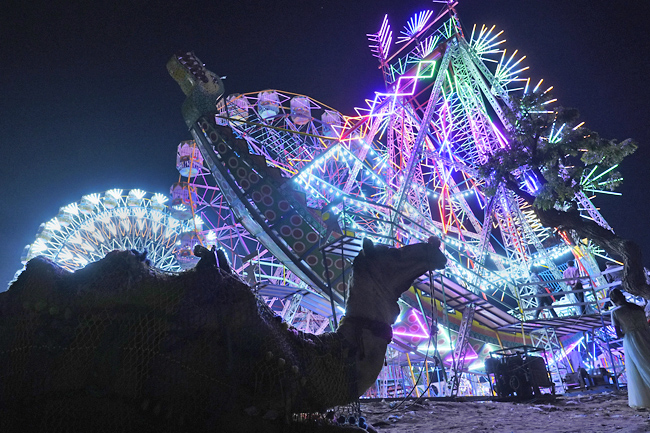
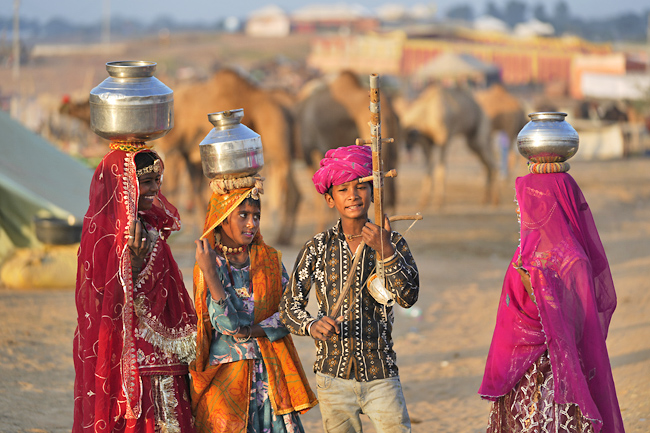
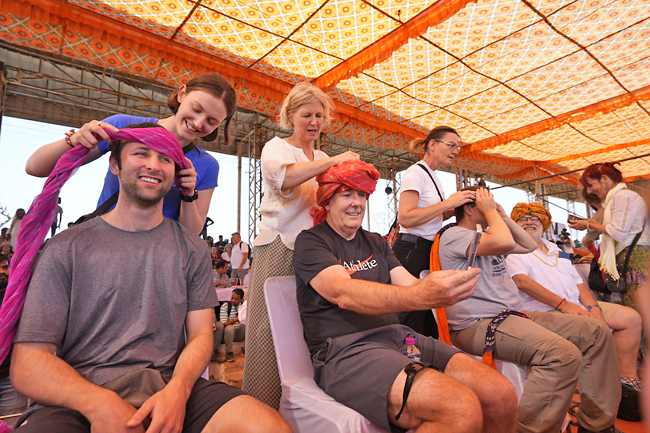
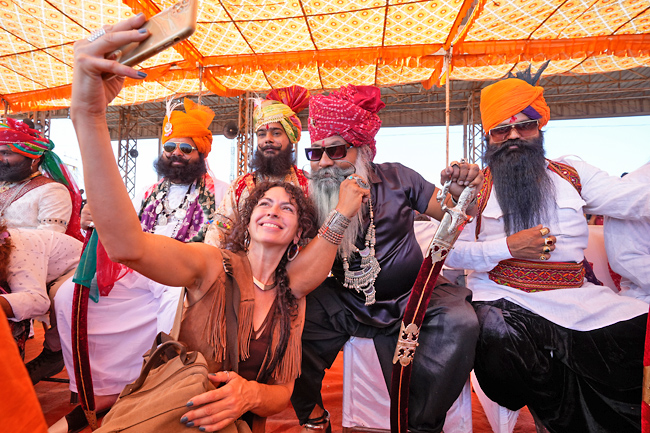
Some herders have walked with their animals for two weeks or more on paved roads and scrub land to reach the annual fair.
Camels were once the most important animals used for transportation in the desert. Even though paved roads and vehicles have made them largely irrelevant, they are still being used in some remote parts of the state.
Hitched to a wooden cart, they can be seen transporting people and construction materials. Some are still in use by farmers selling fresh vegetable produce to townsfolk. Herders supplement their diet with camel milk, make blankets with camel hair and use camel dung as cooking fuel.
Even though fewer camels are being traded now, the state government has worked to turn the fair into a big tourist attraction. On the large sandy plain where the fair is held, large Ferris wheels are installed and dozens of stalls are set up to sell local handicrafts.
Men with impressive moustaches compete for a prize, and tourists are encouraged to take selfies with them.
Children wear traditional costumes, play string instruments and carry on their heads replicas of vessels used by women to fetch water as they enact rural scenes and mingle with the crowd presenting live tableaux.
Everything is carefully choreographed for the tourists.
Thousands of tourists from around the world now enjoy camel rides, watch cultural shows, and get to participate in rural sports contests and play a game of cricket watched by a bustling crowd. – Deepak Sharma & Ashwini Bhatia

